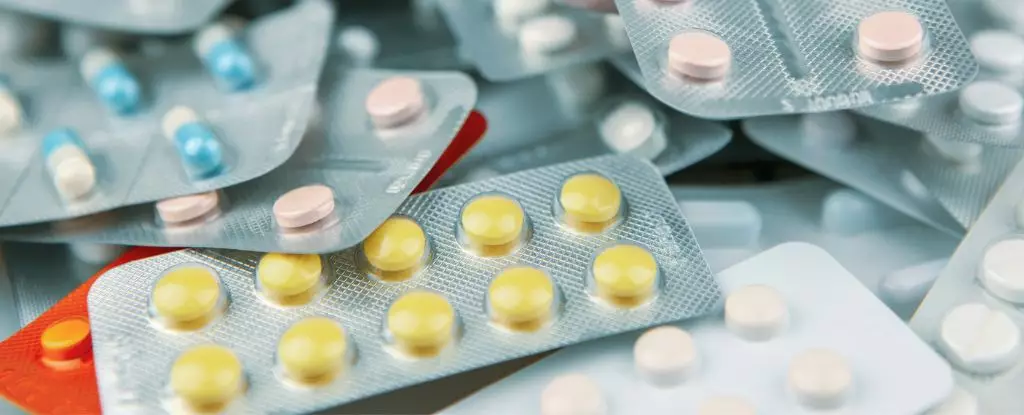The advent of generic medications has been a transformative force in healthcare, promising significant cost savings and accessibility for patients. With over 90% of prescriptions in the United States being filled with generics, these alternatives are ubiquitous in pharmacotherapy. However, a recent study has cast a shadow over the commonly held belief that generics are equivalent in quality and safety to their brand-name counterparts. This inquiry, which scrutinizes generics sourced from diverse economies, raises crucial questions about the implications for patient safety and regulatory oversight.
Investigations conducted by a collaborative team from Korea and the United States have revealed unsettling differences in the safety profiles of generic drugs manufactured in various countries. Their analysis of 2,443 generics, particularly focusing on those produced in emerging economies like India, indicated a stark contrast in the incidence of serious adverse events (SAEs). Specifically, products manufactured in India exhibited a staggering 54% increase in SAEs compared to those fabricated in the US. Such findings underscore the potential risks that citizens may unknowingly face when relying on generic drugs, particularly those filtered through lax regulatory approaches found in some countries.
While the FDA has consistently assured the public about the safety and equivalence of approved generics, this study serves as a wake-up call to reassess these assurances. Authors of the study, including supply chain scientist In Joon Noh, urge the FDA to meticulously analyze these disparities in quality. They argue that the FDA possesses extensive data, which, if appropriately leveraged, could elucidate the underlying causes of this quality gap. The findings highlight a crucial need for reform in regulatory practices, especially regarding how foreign manufacturers are monitored compared to domestic producers.
It is essential to clarify that the study’s implications do not indiscriminately tarnish the reputation of all generics originating from India or emerging economies. Rather, the data indicates a significant correlation between the country of manufacture and the likelihood of adverse health outcomes. The Indian pharmaceutical sector supplies nearly half of the generics in the U.S., creating an intricate interplay between supply chain practices and quality control measures. While there are certainly renowned and adept manufacturers in India, the proliferation of generics from this region raises noteworthy concerns about the adequate adherence to best manufacturing practices.
Concerns about the FDA’s oversight extend beyond mere quality assurance. Critics have pointed out that the agency’s inspection protocols for foreign manufacturers are often insufficient and inconsistent. The complexities of international logistics and limited inspection resources lead to an environment where manufacturers may cut corners, undermining the safety and efficacy of their products. As highlighted in this discourse, the lack of transparency surrounding the manufacturing locations and practices exacerbates the challenges faced by regulators in ensuring public health.
A significant factor contributing to this troubling trend is what has been described as a ‘race to the bottom’ in the pharmaceutical industry. As competition for market share intensifies, manufacturers may resort to cost-cutting strategies that compromise product quality. The pressure to produce generics at lower prices tempts some companies to neglect quality controls, raising alarms about the potential hazards for consumers. A pharmacologist’s comments about foreign manufacturers’ reluctance to meet stringent FDA standards magnify the extent of these issues, highlighting the complexity and potential inadequacies of current regulatory frameworks.
The findings of this study advocate for greater transparency in the pharmaceutical supply chain. By making the locations and quality metrics of drug manufacturers publicly available, the FDA could empower consumers to make more informed choices about their medications. Building trust in generic drugs is paramount to ensuring public health, particularly as dependence on these affordable alternatives continues to grow.
The evidence presented by this research prompts a critical reevaluation of the assumptions underlying the generic drug market. As the landscape evolves, it is imperative that regulatory bodies such as the FDA not only assure quality and safety but also engage in active oversight of foreign manufacturers. Only by prioritizing transparency and rigorous standards can the trust in generic medications be restored and preserved, safeguarding the health and well-being of millions of individuals relying on these essential treatments. By addressing these challenges head-on, we can work towards a future where affordability does not come at the expense of safety.

